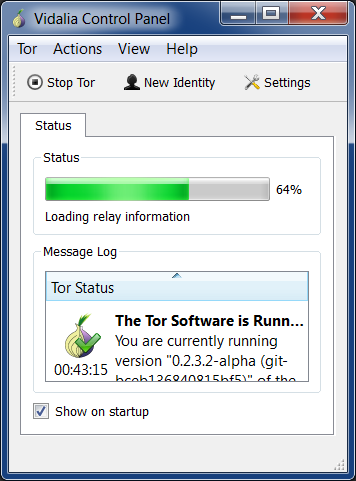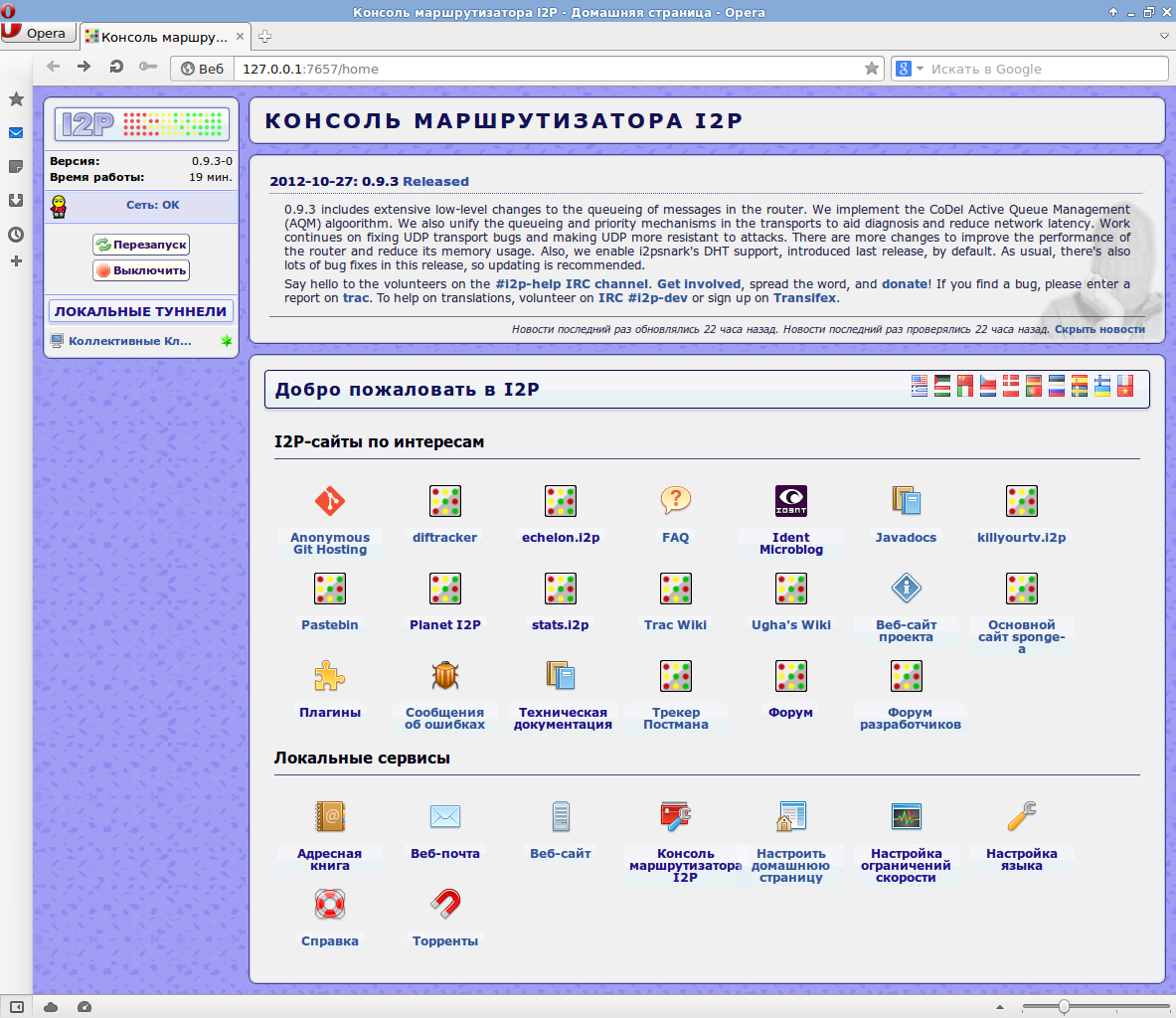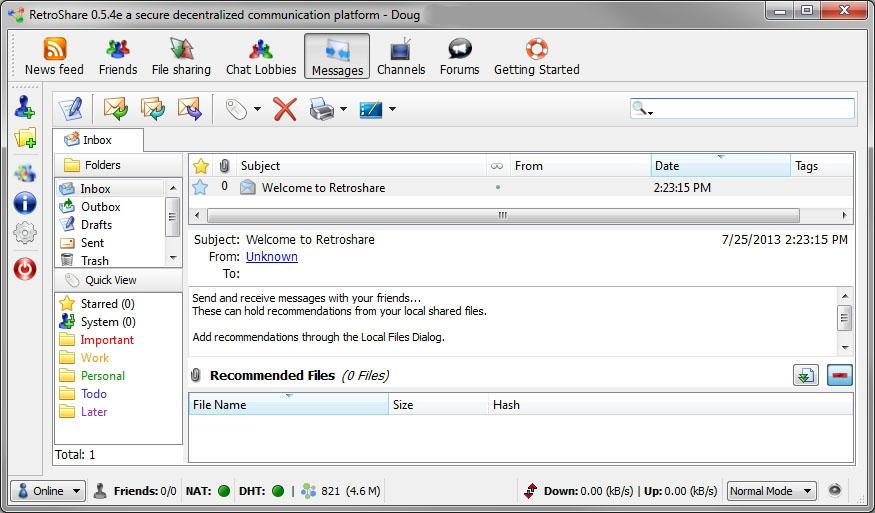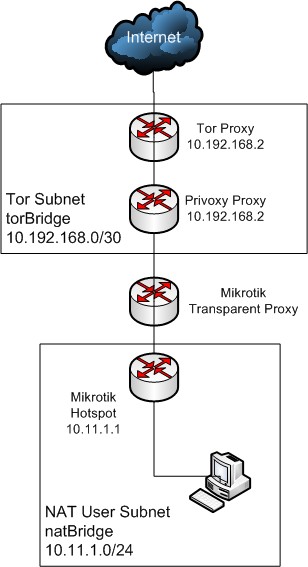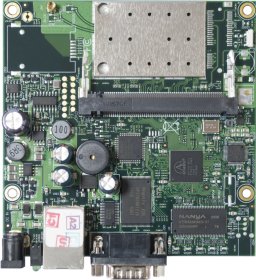Hacker
Professional
- Messages
- 1,043
- Reaction score
- 844
- Points
- 113
Administrative deanonymization involves sending a request to the hosting provider with a request to provide data on server connections. If multiple links are used, such as multiple VPNs, requests are sent sequentially to each hosting provider, starting with the last one. As a result, it is possible to reach the first link in the bundle, to which the user connects from their IP address.
Deanonymization by malware involves sending a malicious program that, once on the victim's computer, transmits information about it to the control server. The transmitted information also includes the victim's real IP address. Malware can be disguised as a program, image, document, or other file. This software is actively purchased by both law enforcement agencies and special services of various countries, and it is also actively used by attackers to collect data about the victim.
Timing attacks come in many varieties. To make it easier to understand what a timing attack is, imagine a lot of mixed-up hoses, from which water flows, and one switch. How do I know which hose this switch belongs to? You just turn off the water for a couple of seconds, where the jet will briefly weaken, that hose leads to the switch.
Deanonymization by exploiting vulnerabilities involves detecting a vulnerability in one of the bundle elements. In some bundles, the vulnerability of one element will inevitably lead to deanonymization of the user, while other bundles are resistant to this method.
Deanonymization by exploiting a web browser vulnerability assumes that the user follows the link. A normal site takes away the IP address of the final link in the chain that provides anonymity. However, in this case, as a result of the transition, the owner of the resource will know the real IP address of the victim. This is possible due to vulnerabilities in web browsers that are constantly detected and closed. We placed this deanonymization path last, although today it remains the most common one. Its popularity is due to its high efficiency and ease of implementation, because it is much easier to force the victim to click on the link than to convince them to open the file.
Basic anonymity (double/tripple/quadro vpn)
Protection against deanonymization by administrative methods: average
Protection against active deanonymization by malware: none
Protection against deanonymization by timing attacks: low
Protection against deanonymization by exploiting vulnerabilities in bundle elements: none
Protection against deanonymization by exluating web browser vulnerabilities: none
Cost-effective solution without losing internet connection speed. Your traffic will be securely encrypted, and your real IP address will be hidden from websites. Not only your provider, but also the security services of your country will not be able to listen to you. However, if they really want to find you if you have an administrative resource and requests to hosting providers, this will not be difficult. In addition, this bundle practically does not protect against active deanonymization methods.
TOR
Protection against deanonymization by administrative methods: high
Protection against active deanonymization by malware: none
Protection against deanonymization by timing attacks: average
Protection against deanonymization by exploiting vulnerabilities in bundle elements: none
Protection against deanonymization by exluating web browser vulnerabilities: none
Using Tor significantly slows down the Internet speed. At the same time, the Tor is free of charge. Tor increases protection against timing attacks and makes deanonymization almost impossible by using an administrative resource. But Tor has one critical drawback: traffic on output nodes is often intercepted by attackers who deploy output nodes exclusively for this purpose. Therefore, you can only use a personal output node, which fraudsters will not have access to.
Vpn-Remote Desktop - Vpn
Protection against deanonymization by administrative methods: average
Protection against active deanonymization by malware: high
Protection against deanonymization by timing attacks: high
Protection against deanonymization by exploiting vulnerabilities in bundle elements: medium
Protection against deanonymization by exluating web browser vulnerabilities: high[
Full-fledged anonymity is almost unattainable without using a remote desktop. Remote desktop serves as a reliable barrier against active deanonymization methods. This bundle provides excellent speed, but is vulnerable to deanonymization by administrative methods. As a rule, it is taken together with Tor, but Tor is disabled when high speed is needed more than high anonymity.
Vpn-Remote Desktop-Tor
Protection against deanonymization by administrative methods: high
Protection against active deanonymization by malware: high
Protection against deanonymization by timing attacks: high
Protection against deanonymization by exploiting vulnerabilities in bundle elements: high
Protection against deanonymization by exluating web browser vulnerabilities: high
This is the most reliable link. It is resistant to both active deanonymization methods and deanonymization by using an administrative resource. The main disadvantage of this bundle is the speed, which is affected by the use of Togs.
You can add a proxy to any scheme at the end to regularly change the IP address.

Deanonymization by malware involves sending a malicious program that, once on the victim's computer, transmits information about it to the control server. The transmitted information also includes the victim's real IP address. Malware can be disguised as a program, image, document, or other file. This software is actively purchased by both law enforcement agencies and special services of various countries, and it is also actively used by attackers to collect data about the victim.
Timing attacks come in many varieties. To make it easier to understand what a timing attack is, imagine a lot of mixed-up hoses, from which water flows, and one switch. How do I know which hose this switch belongs to? You just turn off the water for a couple of seconds, where the jet will briefly weaken, that hose leads to the switch.
Deanonymization by exploiting vulnerabilities involves detecting a vulnerability in one of the bundle elements. In some bundles, the vulnerability of one element will inevitably lead to deanonymization of the user, while other bundles are resistant to this method.
Deanonymization by exploiting a web browser vulnerability assumes that the user follows the link. A normal site takes away the IP address of the final link in the chain that provides anonymity. However, in this case, as a result of the transition, the owner of the resource will know the real IP address of the victim. This is possible due to vulnerabilities in web browsers that are constantly detected and closed. We placed this deanonymization path last, although today it remains the most common one. Its popularity is due to its high efficiency and ease of implementation, because it is much easier to force the victim to click on the link than to convince them to open the file.
Basic anonymity (double/tripple/quadro vpn)
Protection against deanonymization by administrative methods: average
Protection against active deanonymization by malware: none
Protection against deanonymization by timing attacks: low
Protection against deanonymization by exploiting vulnerabilities in bundle elements: none
Protection against deanonymization by exluating web browser vulnerabilities: none
Cost-effective solution without losing internet connection speed. Your traffic will be securely encrypted, and your real IP address will be hidden from websites. Not only your provider, but also the security services of your country will not be able to listen to you. However, if they really want to find you if you have an administrative resource and requests to hosting providers, this will not be difficult. In addition, this bundle practically does not protect against active deanonymization methods.
TOR
Protection against deanonymization by administrative methods: high
Protection against active deanonymization by malware: none
Protection against deanonymization by timing attacks: average
Protection against deanonymization by exploiting vulnerabilities in bundle elements: none
Protection against deanonymization by exluating web browser vulnerabilities: none
Using Tor significantly slows down the Internet speed. At the same time, the Tor is free of charge. Tor increases protection against timing attacks and makes deanonymization almost impossible by using an administrative resource. But Tor has one critical drawback: traffic on output nodes is often intercepted by attackers who deploy output nodes exclusively for this purpose. Therefore, you can only use a personal output node, which fraudsters will not have access to.
Vpn-Remote Desktop - Vpn
Protection against deanonymization by administrative methods: average
Protection against active deanonymization by malware: high
Protection against deanonymization by timing attacks: high
Protection against deanonymization by exploiting vulnerabilities in bundle elements: medium
Protection against deanonymization by exluating web browser vulnerabilities: high[
Full-fledged anonymity is almost unattainable without using a remote desktop. Remote desktop serves as a reliable barrier against active deanonymization methods. This bundle provides excellent speed, but is vulnerable to deanonymization by administrative methods. As a rule, it is taken together with Tor, but Tor is disabled when high speed is needed more than high anonymity.
Vpn-Remote Desktop-Tor
Protection against deanonymization by administrative methods: high
Protection against active deanonymization by malware: high
Protection against deanonymization by timing attacks: high
Protection against deanonymization by exploiting vulnerabilities in bundle elements: high
Protection against deanonymization by exluating web browser vulnerabilities: high
This is the most reliable link. It is resistant to both active deanonymization methods and deanonymization by using an administrative resource. The main disadvantage of this bundle is the speed, which is affected by the use of Togs.
You can add a proxy to any scheme at the end to regularly change the IP address.


